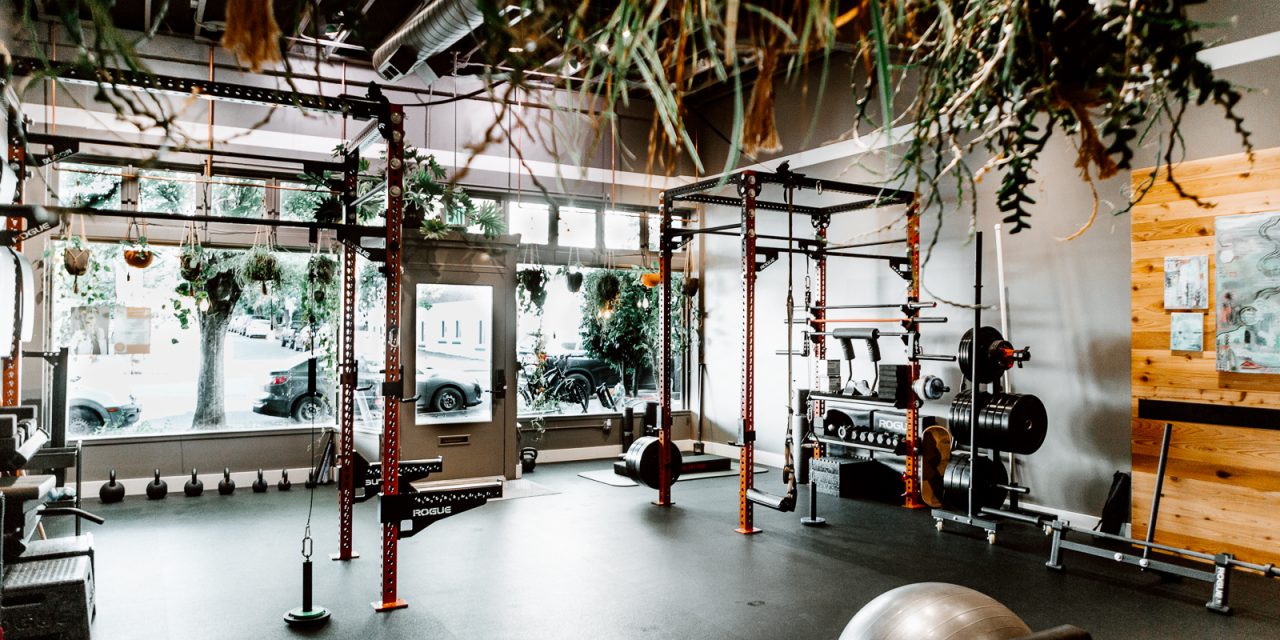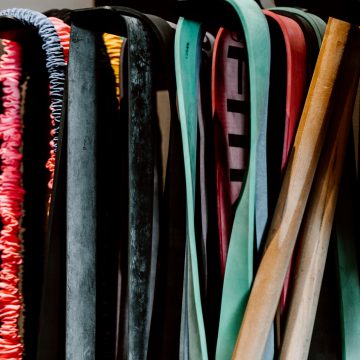This is really two post. The first post is a reflection on my experience with the Portland Fire Department. The second post is the email that went out to the firefighters as follow up to reinforce what was done.
By following the basic principles in the second post, most injuries can be avoided or resolved. This is not a typo.
It is amazing how much we repeat the key principles of hinging and joint independence to our patients, regardless of movement history or physical capabilities. We are essentially giving away what we do every single day to help ourselves and those in our care. We are doing this because giving is what matters, which is what our experiences with the Portland Fire Department has cemented (read below).
Recently I had a very rewarding moment. I imagine that few people have the chance to experience a moment which solidifies so many of their life choices. A time when they can say, “YES, this is exactly what I am all about!” I was given that chance recently when I was personally introduced by Brian Springberg of the Portland Fire Department to four stations that were essentially ambushed with our presentation and mission.
Brian and I had previously talked at length about the overwhelming need for the firefighters in our own neighborhoods to get care from a person that understands movement. They needed someone who will not tell them to just stop and rest and someone who will provide long term guidance instead of short term band-aids. They needed someone to empathize with their motivations and harmonize with their choices. I am fortunate to have been Brian’s choice for such a task. So in less than 48 hours he was able to coordinate a willing clinician, arrange transportation to and from stations, and carve out over an hour of attention at four stations all around Portland. (Most impressively, Brian did this on little sleep after staying out late to help those in need—how many of us in Portland really understand and acknowledge the unconditional giving from our Firefighters each and every day?)
By the end of the day, Brian and I had our groove. He would make a flattering introduction, I would ask who had injuries, then almost everyone one in the room would raise a hand and we would all get to work. My message was simple. I was going to teach them the highest payout movements that I teach patients to address very common injuries. First we would learn to breath, then learn to make hips move like hips should, backs move like backs should, and shoulders move like shoulders should. Then we would “smash meat” with a very painful introduction to Body Tempering (ala Donnie Thompson). Throughout each hour-long session I answered the bevy of questions that everyone had. There were many questions worded many way to describe each Firefighter’s personal issue, but basically this exchange can be summarized as:
Fire Fighters: ”This hurts, can you fix this?”
Me: “Yes”
In between stations, Brian and I would talk about the plight of a fire firefighter: multiple symptoms of psychological stress, inevitable injury, mind blowing ability to work through pain, and high levels of nearly every disease. In spite of this plight, the fire fighters were among the rare people to ask doctors for earlier releases to get back to work. Finally, I learned about the massive expenses surrounding injured firefighters and a system that was trying to help their employees but didn’t seem to know what to do.
On the brighter side, we also talked about the joy of giving back to people. That all we are really meant to do in this world is take care of other people in the ways that we can. That might mean giving the homeless a blanket on a cold night or telling a firefighter that they can get better without surgery. And in our giving we can finally fulfill the appetite in ourselves that we often misfeed with food, drugs, overworking, arguments, isolation, purposeless conversation, and the never-ending purchase of stuff.
So with sincere gratitude I would like to thank the following people for helping me fulfill an appetite for giving:
Station 4 – Thank you for giving me so much energy and starting my day in the best way possible
Station 25 – Thank you for letting me interrupt your lunch and hopefully improve some PRs and hurting knees
Station 21 – Thank you for allowing me to see your boats and giving me a chance to show you an easier way to live
Station 24 – Thank you for being incredibly focused, curious, and open to a different way to think about muscles, movement, and medicine.
I know that I will continue to cross paths with the Portland Fire Department and look forward to more giving in the future.
Below is the email sent out to the Portland Fire Department as follow up.
Ladies and Gentlemen,
Thanks again for your time and attention last Friday. I know many of you had questions that I was not able to answer or wanted specific solutions for your specific symptoms. I am happy to be reached at this email and text or voice at the number below. I hope that I can figure out a way to make these meetings happen regularly and will continue to work with Brian to coordinate. I also have many more stations to get to, so please pardon any delay.
Below are some key movements and concepts we went over. I have attached some videos as reference whenever possible. Most get the general idea of what we did, but lack the finer details, which I will try to write out.
Concepts:
Everything we did was “neurological” in nature. This means that we are changing mental patterns, not connective tissue, muscle tightness, etc. With that in mind, daily consistent practice of 10 minutes or less is far more successful than doing an hour once a week. Consistency is what most people and athletes are missing and don’t know that they desperately want it.
The goal of most movements we did are to make joints work like joints again. The spine should have the option to not move when the arms or legs move. This is especially true when sitting or picking things up, or bringing your arms over head.
Quality movement is more important than reps or range. Always work on how well you are performing and NEVER move in to pain or apprehension. Doing so will undo all neurological benefits.
Movements
Breathing. You need your neck to function like a neck. Whenever possible, you chest should be still when breathing at rest. The ideal scenario is that you should get slightly taller as you breathe in.
Hinging: This is THE key movement for most of you. This should be practiced every time you sit. Spine must stay straight, but not straight up. Keep your butt high as you shift your hips back. You should feel the back of your legs stretch. This is a fairly good and simple video. They use a dowel rod, which we did not use. But, just grab a broom or something similar if you want the feedback.
Supine Pullovers: This was the go-to for shoulder problems. The video below goes into a more advanced version of stability than what we did, but it has all of the write words in it and excellent reminders. Remember that this can be done without the weight!
Thoracic Rotations: This was not done with every group, but should be considered valuable for shoulder or neck pain. The key here is to not work to twist more. You want each rep to be easy and smooth. The KEY PATTERN is keeping your eye on the bent elbow the whole time. This video is very close to what we did and the differences here are really not critical, so feel free to just mimic this video: https://www.youtube.com/watch?v=oaCAqozZwMQ
Hollow Body Tuck: Again, this was not done with every group. If we did not do it, I would recommend talking to me before you do it to understand why we did it at all. Consider this part of low back rehabilitation. The video has excellent points in it, but the presenter is kind of goofy. https://www.youtube.com/watch?v=LlDNef_Ztsc
Jefferson Curl: Again, this was not done in every group. Of all the exercises we did this has the highest chance for injury, so if you didn’t see it, don’t do it. It is, however, a great exercise and I will introduce this more regularly. It can also be great for a multitude of injuries, so if you are curious, please reach out to me for the run down of how to do it. https://www.youtube.com/watch?v=koi9dAJLWcE
I left my card for everyone. Please feel free to reach out with questions. I am more than happy to answer questions in great detail if that is what you need. This was very much a donation of my time to help you all, but if you wanted more individual treatment or extended attention, feel free to book at the website below. I can treat out of both the NE and SE and can very likely meet with a small group at your stations if it can be scheduled.
Many Thanks,
Dr. Q



